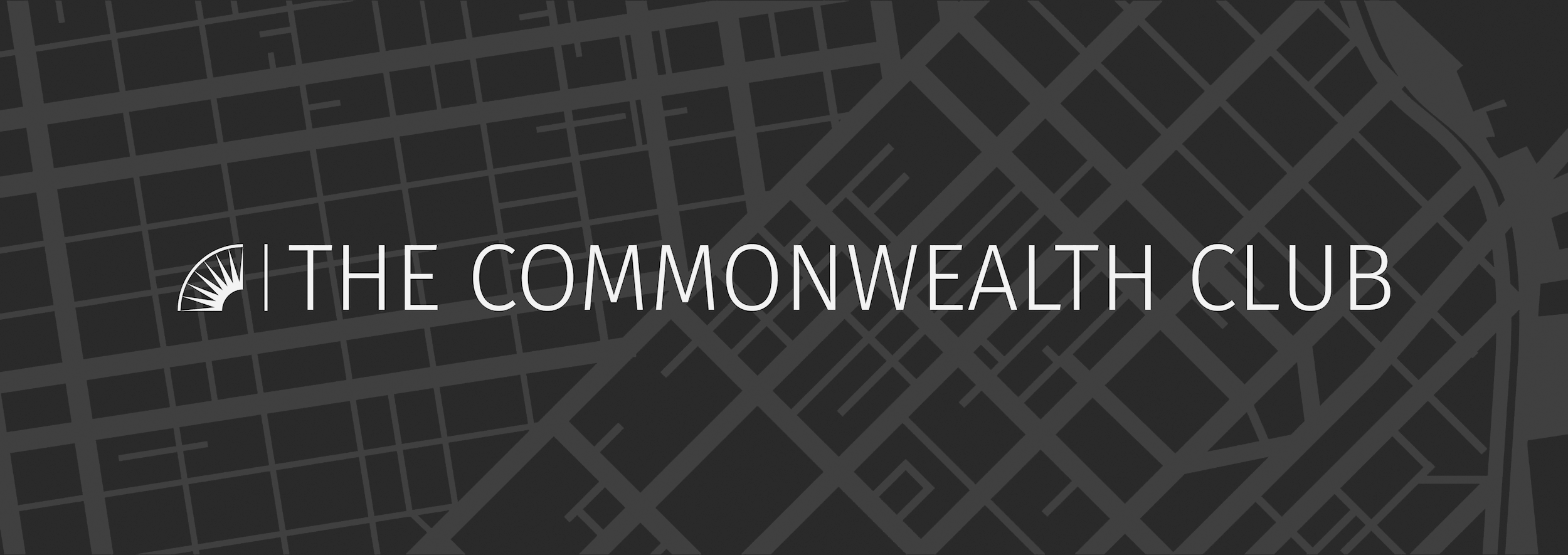
From Bloody Thursday to Now: 80 Years of Labor History in San Francisco
Harvey Schwartz, Historian, International Longshore and Warehouse Union (ILWU)
Robert Cherny, History Professor Emeritus, San Francisco State University
John Castanho, Member, ILWU Local 10 and Coast Benefits Specialist
Carl Nolte, Reporter, San Francisco Chronicle
Melvin Mackay, President of ILWU Local 10 (Program Chair)
Tim Paulson, Executive Director, San Francisco Labor Council - Moderator
This year marks the 80th anniversary of the 1934 Pacific Coast maritime strike to protest miserable hiring practices and poor working conditions. The strike shut down the entire West Coast from Bellingham to San Diego. It is also the 80th anniversary of Bloody Thursday, on July 5, 1934, when a clash between San Francisco police and picketers resulted in two strike supporters being killed and hundreds wounded. In the aftermath of Bloody Thursday, 127,000 workers representing 160 unions walked off their jobs in protest. During a landmark general strike, they shut down San Francisco for three days before arbitration granted most of the longshoremen’s demands. These events helped bring about national legislation in 1935 that established collective bargaining and set up the National Labor Relations Board. The Commonwealth Club will soon occupy the building that was the Longshore workers’ union hall at the time of the 1934 strike.
This fall, San Francisco’s $100 million new cruise ship terminal, named for veteran labor leader James Herman, one-time port commissioner and head of the International Longshore and Warehouse Union, opened for business. This portends a new era for economic activity and jobs on the waterfront and throughout the city. What is the legacy of 1934 and what are the lasting contributions of legendary union leaders such as Harry Bridges? This is a special look at labor history and its tie to the Club’s new headquarters.

